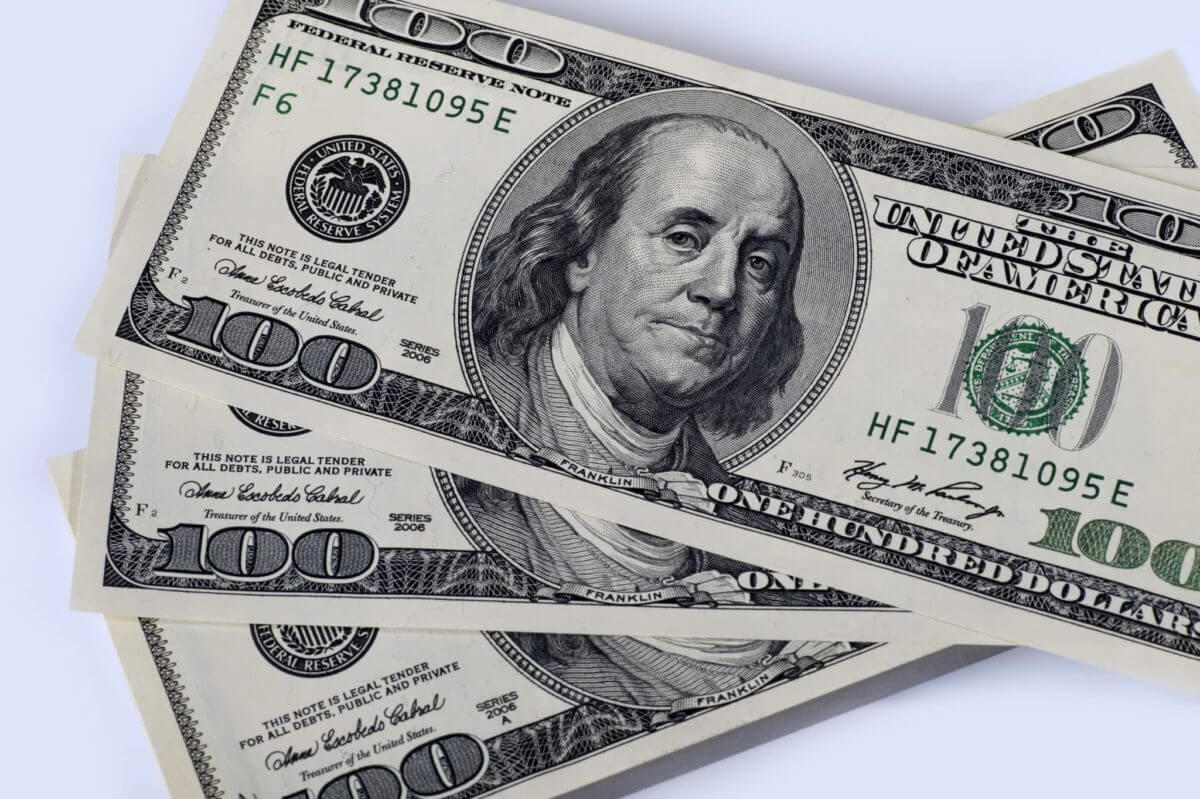
Dollar Drifts Toward Monthly Loss
On Monday, the dollar nursed last week’s losses. It was on track for its first monthly decrease in five months. Investors reduced their expectations that increasing U.S. interest rates would propel additional increases as fears of a global recession faded slightly.
With Chinese Purchasing Managers’ Index results, U.S. jobs numbers, and growth data in resource bellwether Australia, the week ahead is jam-packed with data that could provide hints on the prospects for global growth, U.S. interest rates, and the currency.
Trade should be modest until Monday as the U.S. stock and bond markets were closed for the Memorial Day vacation. The dollar was a touch weaker against the euro early in the Asian session, trading at $1.0728, barely above a five-week low, after falling roughly 1.5 per cent against the single currency last week.
After a Friday surge, the risk-sensitive Australian and New Zealand dollars were firm. At the same time, the yen was weaker at 127.28 per dollar. The Australian dollar traded near a three-week high of $0.7161, while the New Zealand dollar traded at $0.6536. This week, the dollar could fall even more. Without China’s blockade, the global outlook would be better, and the dollar would be lower.
The DXY
The dollar index, which hit a two-decade high of 105.010 earlier in May, was unchanged on Monday at 101.660. Sterling maintained its gains from the previous week at $1.2628.
China’s yuan maintained steady at 6.7210 per dollar in offshore trade, supported by progress out of viral lockdowns. Shanghai announced “unreasonable” business restrictions beginning June 1, while Beijing reopened elements of its public transportation and several malls. Most analysts are hesitant to call an end to the recent dollar gains. However, encouraging U.S. consumer statistics and softening Chinese lockdowns are fueling optimism about global development, which tends to bolster exporters’ currencies at the dollar’s expense. Investors have also latched on to signals that the Federal Reserve may take a break after aggressively raising interest rates over the next two months.




